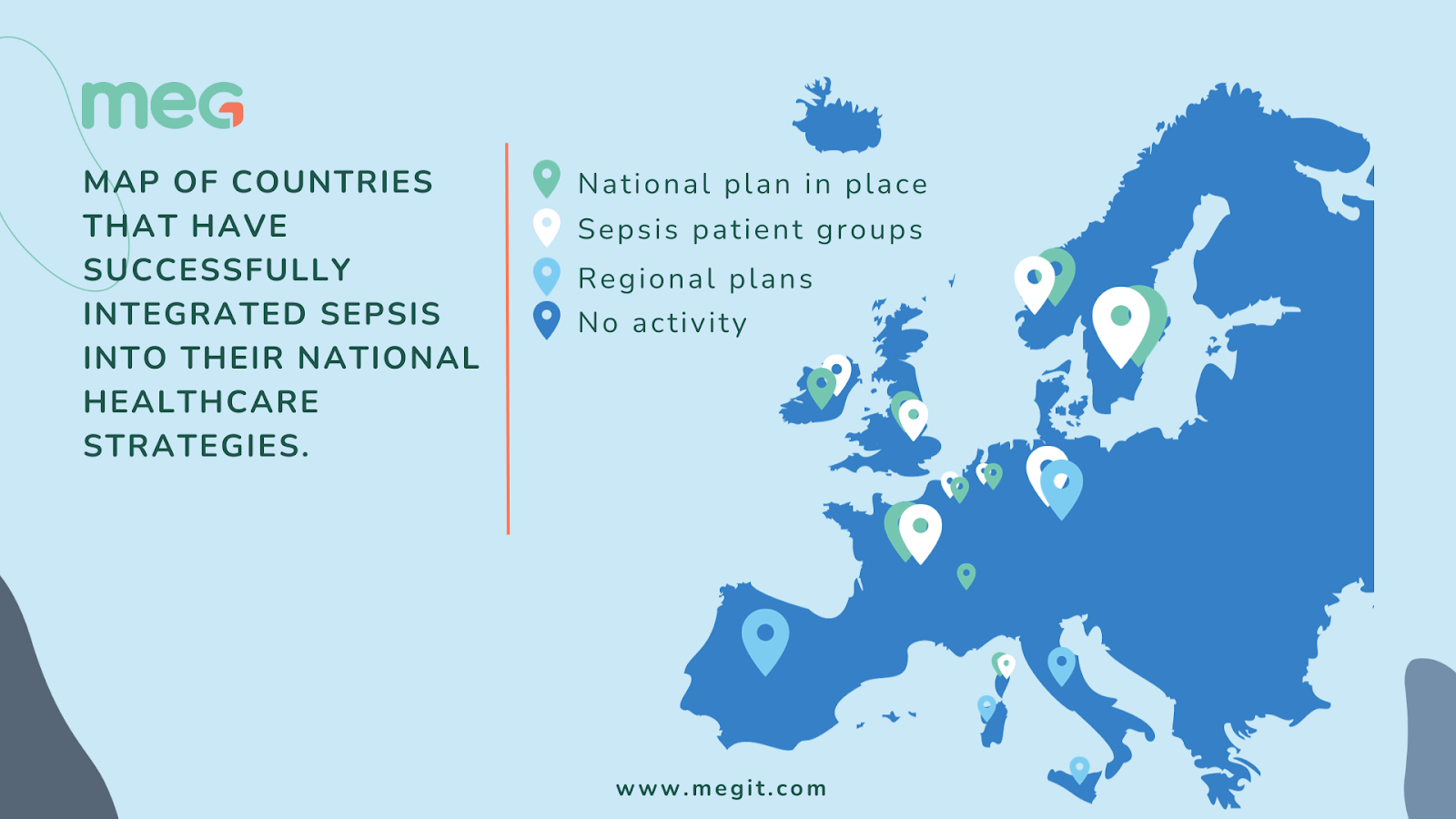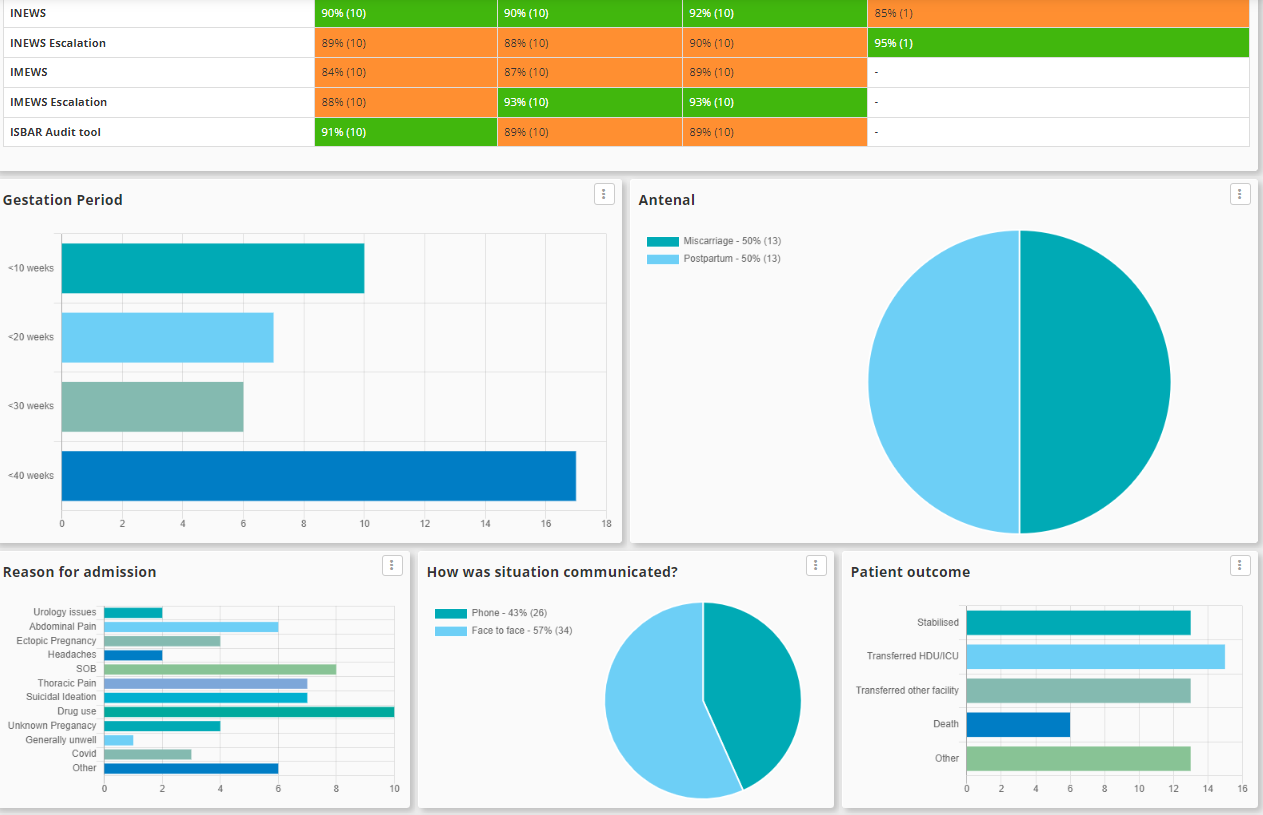Every year, on 17th September, World Patient Safety Day is celebrated. This year, we've put together a special series of interviews to honour Patient Safety Month, where we gather insights from leading experts in the field of patient safety and quality management.
This year's theme for Patient Safety Day is ‘Engaging Patients for Patient Safety’. So it’s only fitting to interview Helen Hughes, the Chief Executive at Patient Safety Learning — a charity and independent voice for improving patient safety.
Helen has previously held leadership roles in healthcare in the UK and the WHO, the National Patient Safety Agency, Equality and Human Rights Commission, and the Charity Commission. She was also pivotal in designing the first patient safety infrastructure and policy framework for the NHS in England. At the WHO, she held a range of roles, including partnership and patient safety programme management and executive lead of the global ‘Patients For Patient Safety’ programme.
Here are some valuable insights she shared with us.
What is the mission of Patient Safety Learning? How does the organisation contribute to improving patient safety and quality in healthcare?
Patient Safety Learning is a charitable organisation established over five years ago. We identified a unique opportunity to serve as an independent voice, advocating for patient safety within the broader safety system response.
Can patient engagement improve safety? How can patients become more active partners in their own safety during medical treatments and procedures?
At Patient Safety Learning, we've created a report called 'A Blueprint for Action', which proposes practical actions to address the foundational aspects of providing safer patient care based on systemic analysis and evidence. These foundations are:
Shared learning
Professionalising patient safety
Leadership
Patient engagement
Data and insight
Culture
One of the fundamentals, patient engagement, which, when done at four distinct points, can immensely improve patient safety.
1. At the Point of Care: Patients should be an equal partner in their care plan, equipped with all the information required for informed consent, including their treatment plan and potential risks. Furthermore, they should feel comfortable voicing concerns and escalating issues if necessary.
2. When Things Go Wrong: The UK sees over 11,000 avoidable deaths each year due to unsafe care, with higher post-pandemic numbers despite the best endeavours. Involving patients and their families, especially when errors occur, through the Patient Safety Incident Response Framework (PSIRF) promotes transparency, holds organisations accountable, and gathers their perspectives and insights to inform investigations.
3. Improvement Planning and Implementation: When contributing factors to unsafe care are identified, patients and their families must not be merely consulted after improvement solutions are developed but actively participate in designing them from the outset.
4. Patient Families and Carers as Advocates: Patient families and carers, through patient advocacy groups and organisations, are pivotal in holding the healthcare system accountable for delivering safe and healthy care.
So, patient engagement and involvement at these four levels are key to building the bedrock of safer healthcare practices and outcomes.
How will the new LFPSE service impact patient engagement and safety?
LFPSE has replaced the previous National Reporting and Learning System (NRLS), which I was a part of designing over 20 years ago. The NRLS has outlived its usefulness in many factors, especially around the technology, so the LFPSE is a much-welcomed change.
However, one objective set over two decades ago that remains unrealised is the inclusion of patient reporting in incident systems. While there are some initiatives for reporting medical device and medication errors, they aren't as well known as they need to be.
So, nobody has really cracked how to effectively broaden the perspective and incorporate the patient's viewpoint regarding incidents and harm. This is what the LFPSE team at NHS England has now initiated.
I think this is a significant opportunity to integrate the voices and insights of patients more explicitly into incident reporting and analysis, so organisations can better understand their concerns. It's very early days, but it's still promising.
As the leader of a patient safety organisation, what do you see as the role of leadership in promoting a culture of safety within a healthcare organisation?
I think organisational culture and leadership play a significant role in patient safety. The question is, 'How do leaders identify the challenges within their organisations, and how do they personally take that leadership role for safety improvement?'.
When looking at executive leadership, everyone is responsible for patient safety — whether they're in a clinical or non-clinical role. To make the healthcare system as safe as possible, executive teams must own patient safety as a core purpose.
As part of our initiative to professionalise patient safety, we've taken the six foundational elements mentioned earlier and created an organisational and systems standard framework to define 'what good looks like'. For example, you'd have a clear safety strategy, or you'd have clear targets and goals for what you want to achieve.
And then, you'd gather data, not just from incident reporting systems but from staff feedback, patient feedback, complaints, etc., and understand your organisation's strengths and weaknesses to assess where you are against good or best practice. This allows you to have a clear knowledge base about your risks and issues and then identify what you need to do to address those.
What are some key performance indicators or metrics that healthcare organisations should consider to assess their patient safety efforts?
Patient Safety Learning's the hub has a large repository of free resources to provide knowledge and identify gaps in the patient safety space. In my view, one such gap is about understanding the impact of patient safety improvements and the compelling business case for prioritising patient safety.
It's about evaluating how safety initiatives influence patient outcomes, whether that's leading to a tangible reduction in harm or mitigating the financial costs associated with unsafe care. Within the UK, the Academic Health Science Networks (AHSNs) have spearheaded some safety improvement initiatives that show a demonstrable impact on enhancing safety standards. And that's where we really need to go.
There isn't, as yet, a straightforward dashboard for proven safety improvement. However, a number of digital health companies that provide incident reporting software are expanding into this area, pulling together data from several sources within a trust into a patient safety dashboard, and that's quite an exciting initiative.
How can healthcare organisations encourage open reporting?
Frontline staff today are under immense pressure and often find themselves overwhelmed. So, there's a real risk that incident reporting can be perceived as an additional burden on top of their daily responsibilities.
That's why it's important that when people report incidents, their efforts are met with meaningful feedback. It goes beyond a mere formality; it signifies the recognition that their insights actively contribute to shaping safety improvement strategies. It also breaks down the cultural barriers that often discourage reporting by demonstrating that reported insights lead to tangible improvements. This leads to a culture of stronger reporting because it reinforces the understanding that the staff's input plays an important role in identifying risks and driving positive change.
What emerging trends or innovations do you foresee significantly impacting quality and patient safety in healthcare?
There are digital products and innovations that have significant potential in making care safer and more cost-effective. However, there are also some real barriers to those innovations being implemented. For instance, healthcare providers may be unaware of these advancements, or they may be slightly more expensive than current practices, especially when organisations are cash-strapped.
But if these innovations can lead to substantial reductions in harm, then they offer a valuable trade-off. In the context of acute care, for example, 60% of surgical site infections are preventable. So, if an innovation or product can reduce this rate, there is a compelling investment case.
Check out Patient Safety Learning’s platform to share learning for patient safety, the hub here.









